Electronic Water Ruler
The electronic water ruler is a water level measuring device that integrates a sensing sensor and a communication terminal, developed to address the issues of traditional digital sensors being easily affected by environmental factors, the inability to transmit data remotely, and high on-site construction costs in complex water level monitoring scenarios. It measures the water level data of the electrode by utilizing the weak conductivity principle of water. The device features high measurement accuracy, stability, reliability, ease of use, and automatic reporting, and can be applied to urban waterlogging, reservoirs, lakes, rivers, and irrigation areas.

The electronic water ruler uses sensing contacts to monitor the water level height in rivers, irrigation areas, and lower overpasses in real-time, reporting to the cloud server via 4G/NB-IoT communication methods, providing data support for industry user command decision-making and enhancing hydrological monitoring capabilities.

Data collection: Collects water level information.
Working principle: Weak conductivity of water, stainless steel contact points.
Data storage: Processes, encodes, and stores the collected data.
Parameter setting: Supports local parameter settings, remote parameter settings, and Bluetooth wireless configuration.
Bluetooth communication: Built-in Bluetooth for on-site debugging.
Data retrieval: Supports remote and local historical data extraction.
Remote control: Supports local linkage and remote switch control output.
High precision measurement: Offers 0.5cm/1cm accuracy specifications.
Scalable: Supports various combinations of 20cm/40cm/60cm/80cm/100cm units.
IP68 waterproof and moisture-proof, protecting the device in harsh environments.
The electronic water ruler can achieve water level monitoring by installing on a pole. It includes a built-in data transmission unit and a lithium battery, solving the complicated construction issues in urban areas. It is suitable for real-time water level monitoring scenarios such as waterlogging under overpasses, reservoirs, rivers, lakes, agricultural canals, and irrigation canals.


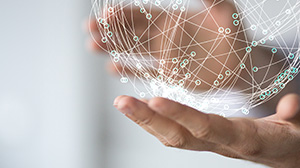

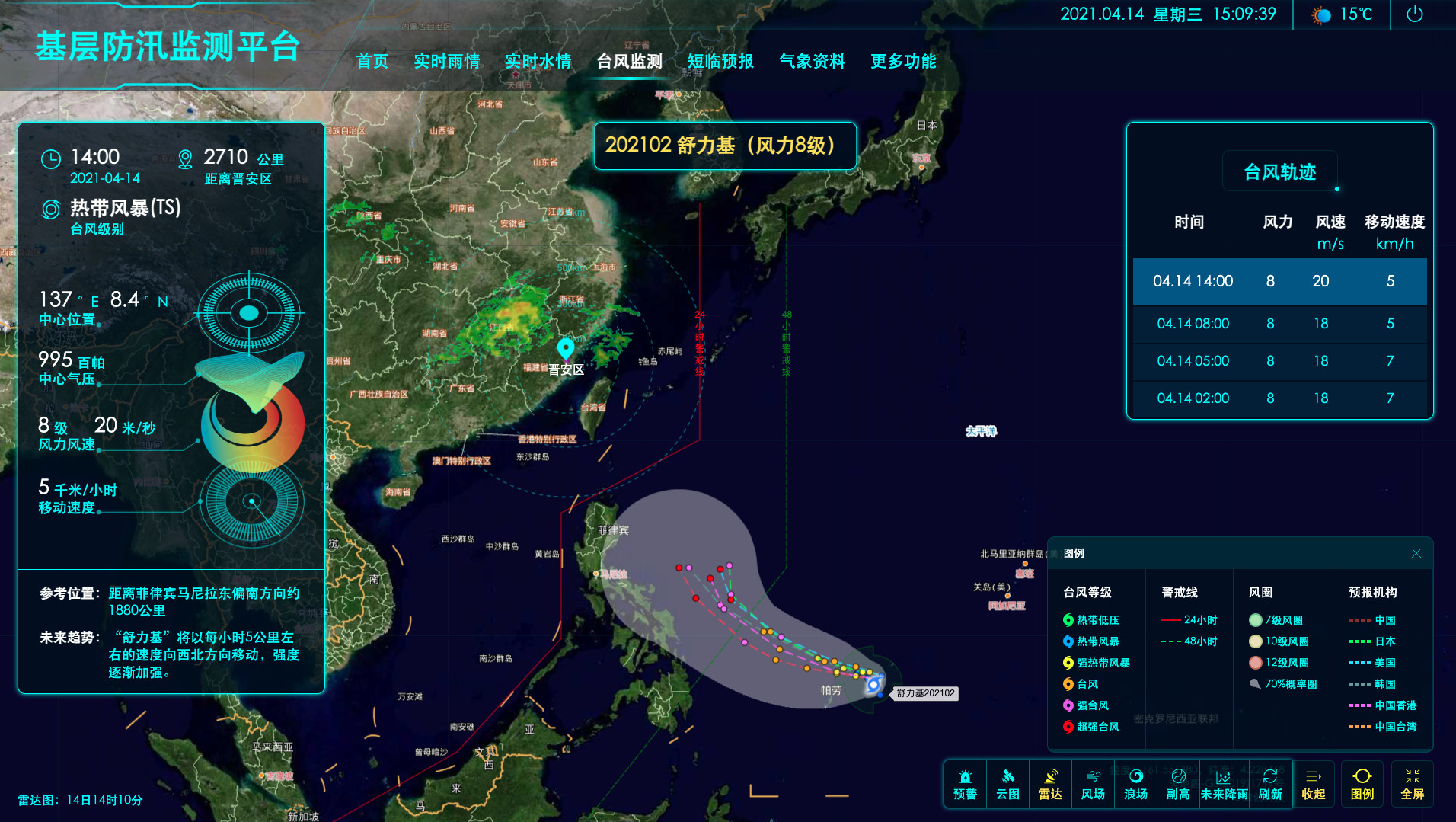
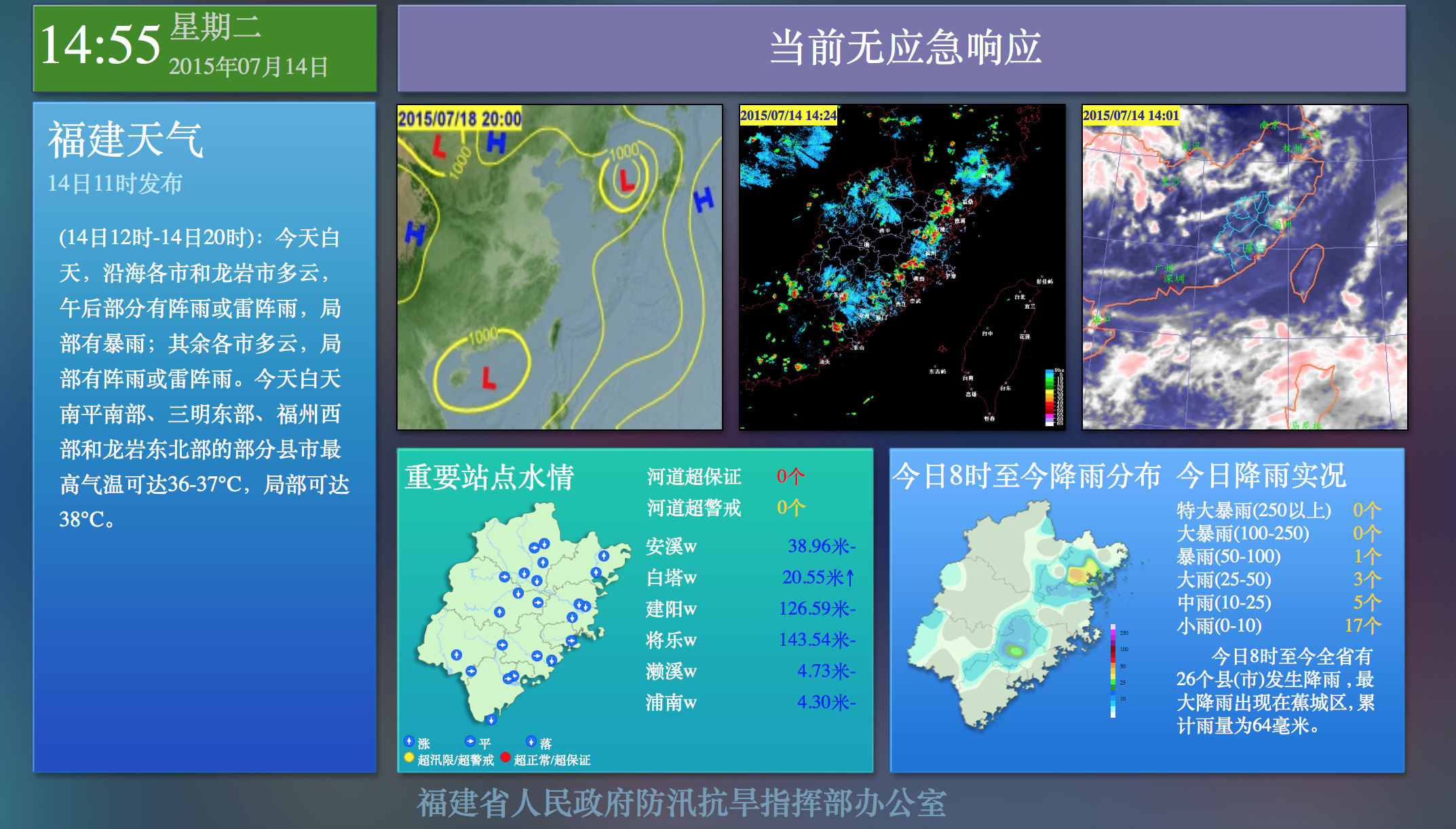
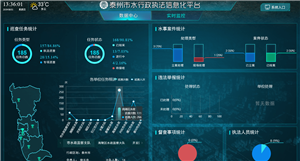

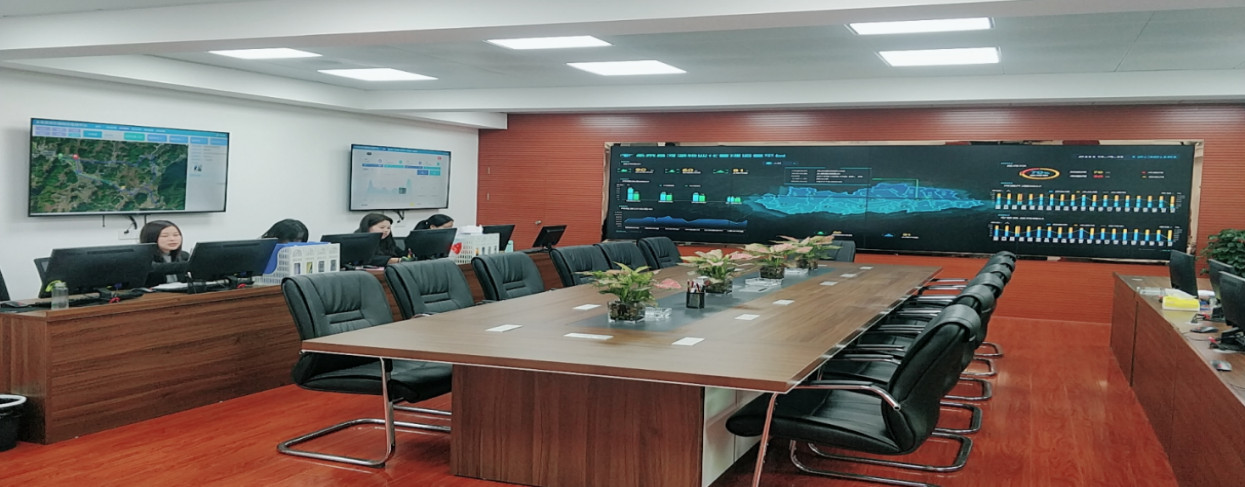
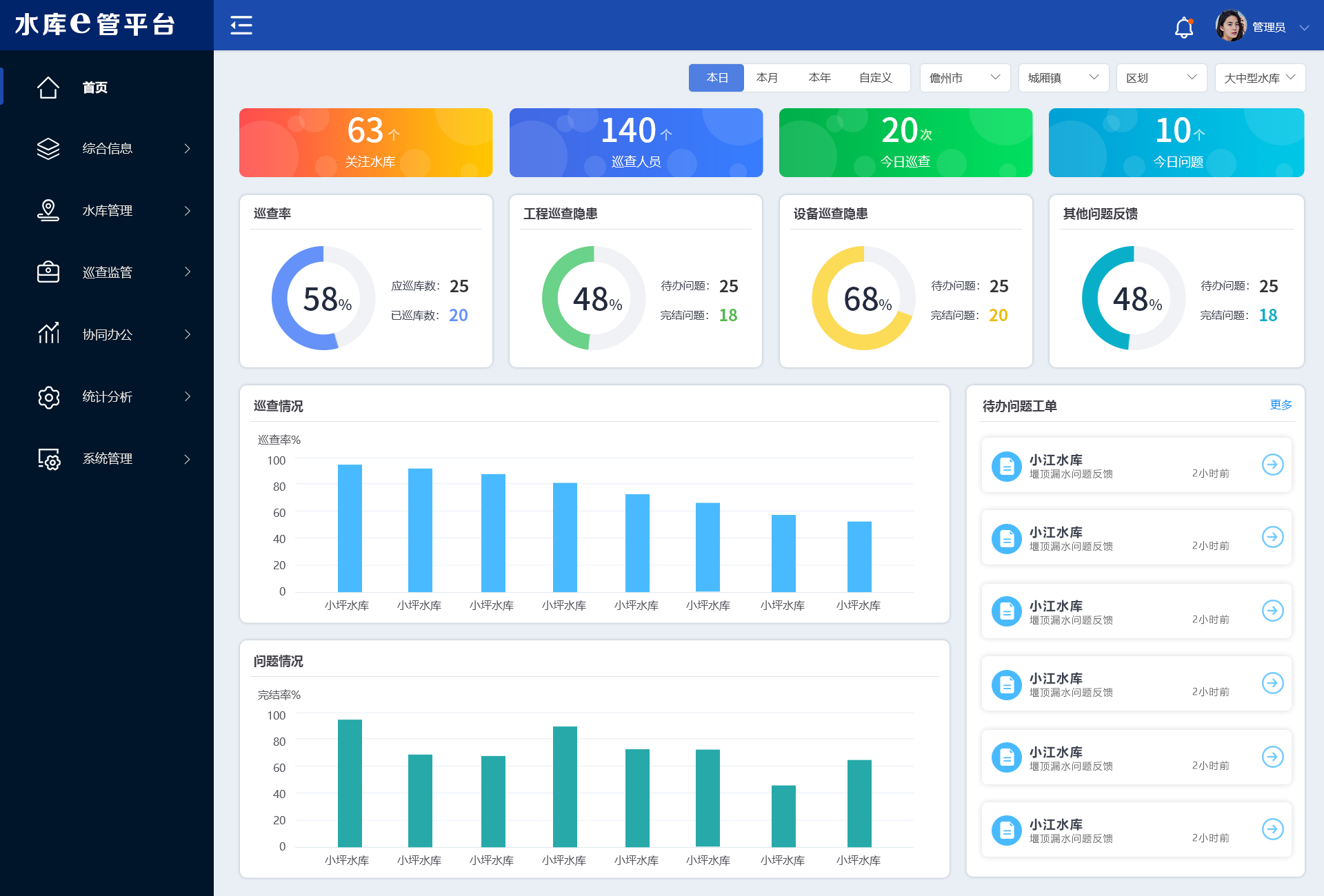

 Home
Home
 WeChat
WeChat 400-620-1615
400-620-1615



 Headquarters Address:ISTRONG Technology Building, Xingwang Science and Technology Park, No. 9 Gaoxin Avenue, High-tech Zone, Fuzhou
Headquarters Address:ISTRONG Technology Building, Xingwang Science and Technology Park, No. 9 Gaoxin Avenue, High-tech Zone, Fuzhou Phone Number: +86 591-22850288
Phone Number: +86 591-22850288  Fax: +86 591-22850299
Fax: +86 591-22850299 E-Mail:strong@istrong.cn
E-Mail:strong@istrong.cn
 闽公网安备 35012102500164号
闽公网安备 35012102500164号